Offshore farm in Italy produces fresh vegetables in spheres suspended above the seabed.
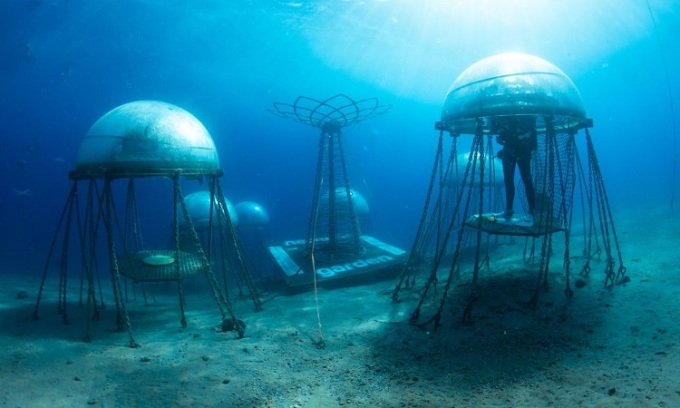
The biosphere used to grow plants in Nemo's garden. Photo: CNN
Nemo's Garden is the world's first underwater plant-growing system. Located off the coast of Noli, Italy, southwest of Genoa, the farm consists of a series of suspended transparent dome-shaped greenhouses called biospheres, anchored to the seabed. "The mission of this technology is to transform agriculture , increasing the ability to produce huge amounts of food in the Earth's coastal areas in a sustainable and environmentally friendly way," said co-founder Luca Gamberini.
Sergio Gamberini, Gamberini's father, co-founder of underwater equipment company Ocean Reef Group, came up with the idea for the farm to combine his two passions: diving and gardening. The project began in 2012 with the cultivation of basil in an underwater balloon. Ten years later, Nemo's Garden is on the rise, according to CNN . With the world's population expected to reach 10 billion by 2050, the United Nations estimates that food production will need to increase by 60% to meet demand.
Floating 6 to 10 meters underwater, the plants in Nemo’s garden are isolated from any outside pathogens and pests, while still having access to fresh water thanks to the condensation process of desalination in the biosphere, according to Gamberini. In addition, the relatively stable temperature of the seawater also makes it an ideal environment for plants.
Nemo’s garden uses hydroponics, a technique that uses nutrients in water instead of soil. The same method is used in most indoor vertical farms. Sunlight reaches the plants, but growth lamps are also turned on when needed. Everything is monitored on land via cameras and sensors. Settings can be adjusted remotely from anywhere in the world.
When it’s time to harvest, divers will cut the vegetables, place them in bags, and bring them to the surface. At just two meters in diameter, the biotope can’t grow larger crops like corn or wheat. But the structure can hold 70 to 100 smaller plants. Gamberini and his colleagues have tested hundreds of different plants, from strawberries to tomatoes, beans, and spices.
Natural research ranging from medicinal to culinary has been conducted at Nemo’s garden. A 2020 study by the University of Pisa concluded that the garden’s thyme plants had higher concentrations of essential oils and contained more antioxidants. Gamberini said the underwater farm also attracts more marine life, such as fish.
The pilot project has also faced challenges, especially weather. In 2019, a powerful storm disrupted several biospheres. Aside from natural disasters, building a farm in a harsh environment is no easy feat.
Nemo staff are planning to build larger biospheres in the future and to place additional farms elsewhere. To test the viability in different environments, they plan to set up a small-scale version in a cold-water quarry in Ohio this year. Gamberini says the technology can be adapted to almost any environment.
An Khang (According to CNN )
Source link


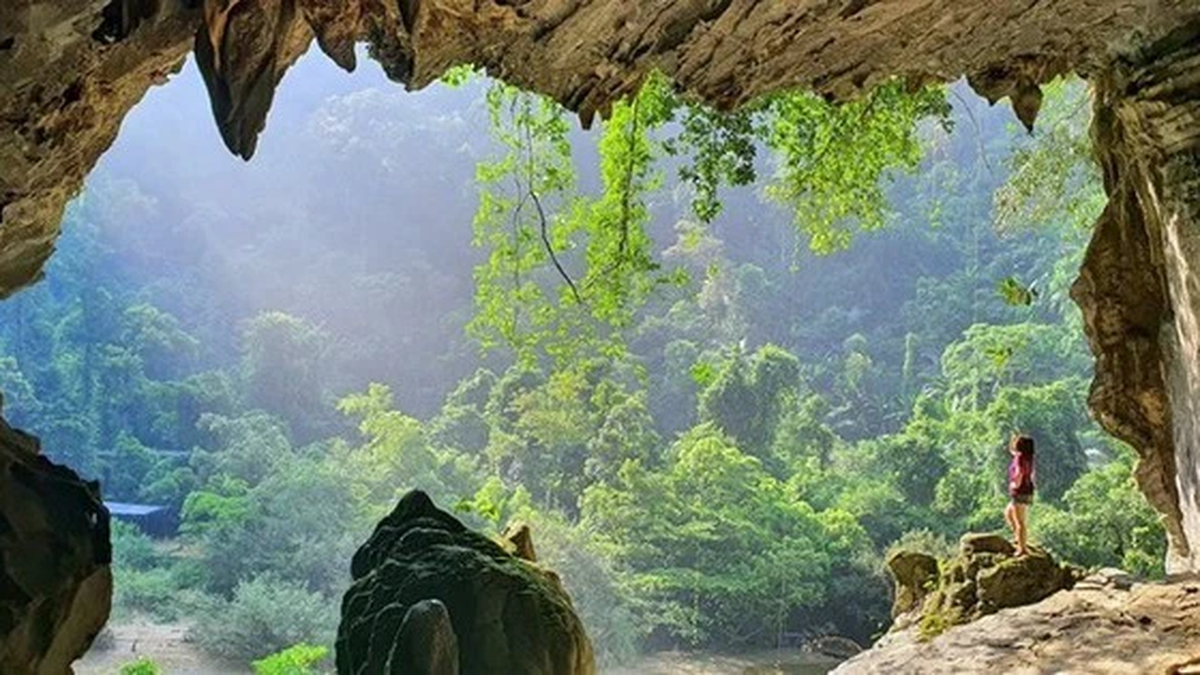

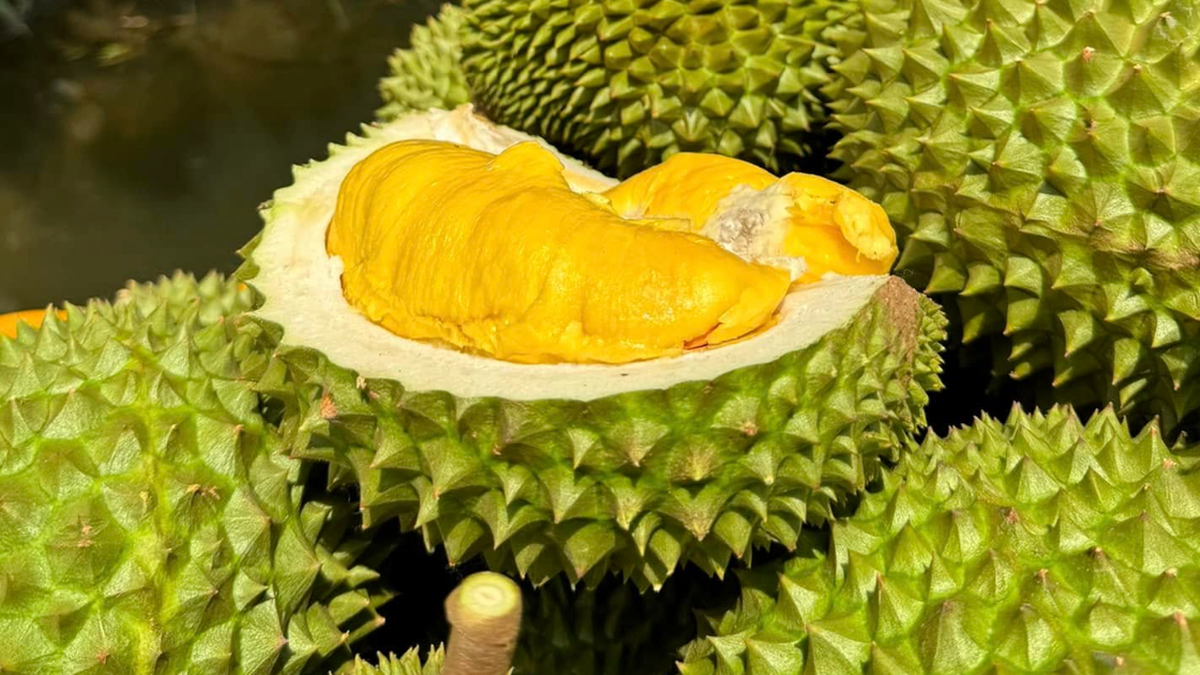


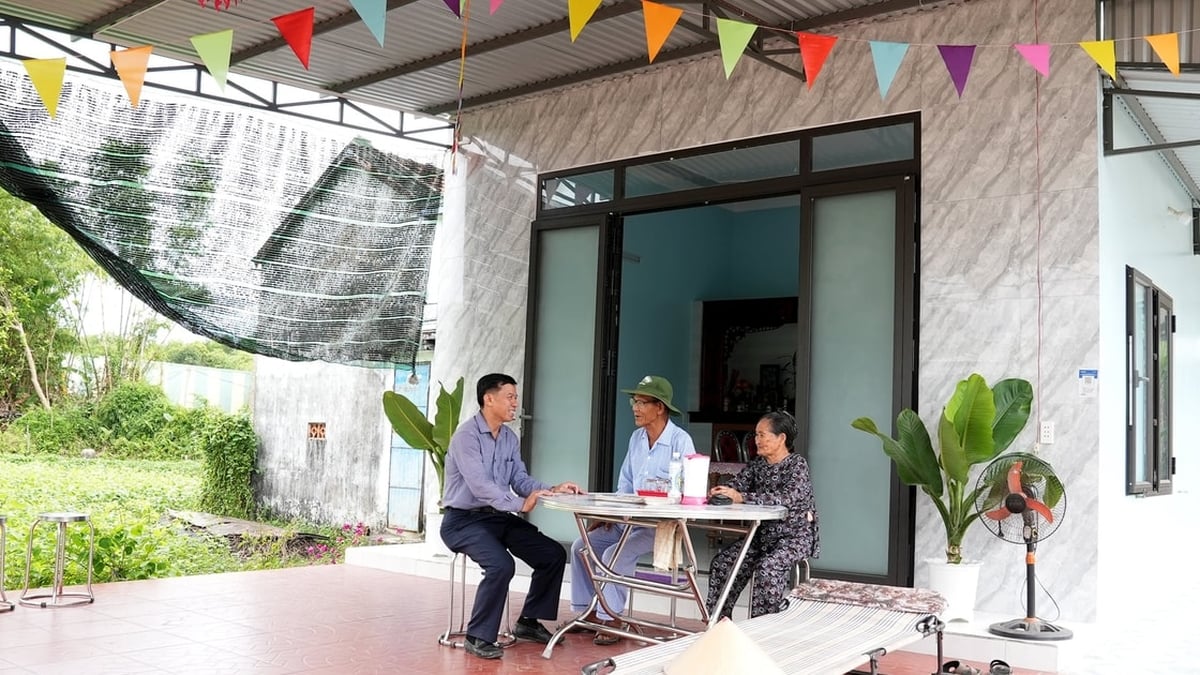

















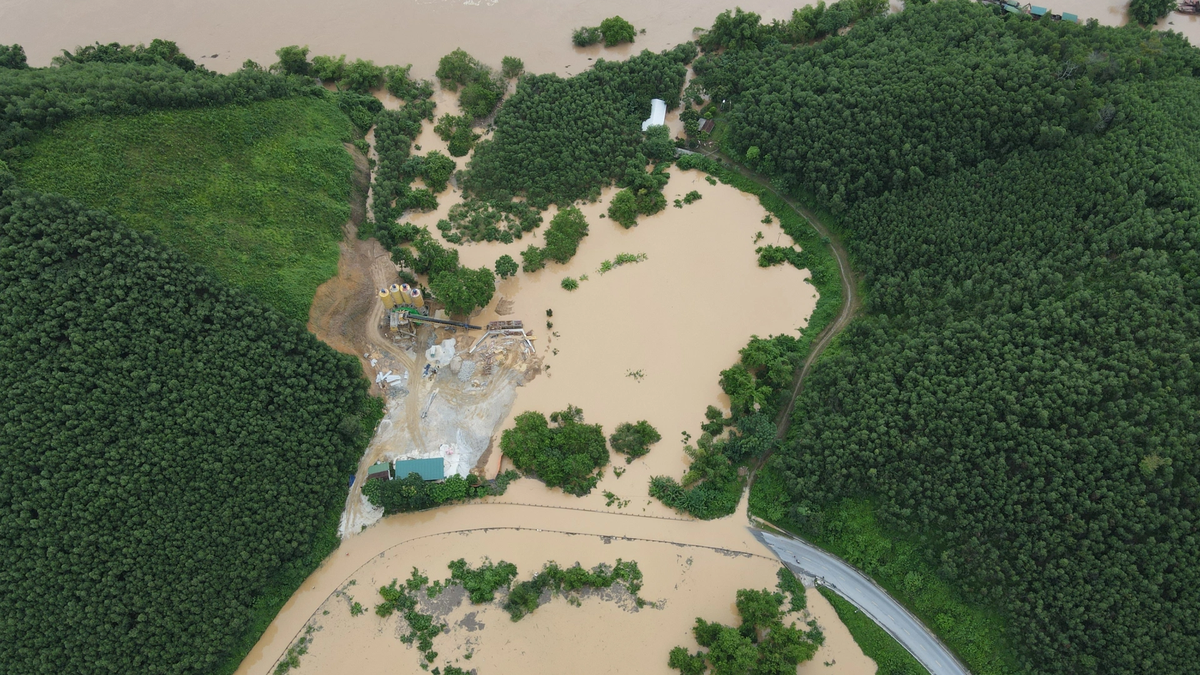
![[Photo] Signing of cooperation between ministries, branches and localities of Vietnam and Senegal](https://vphoto.vietnam.vn/thumb/1200x675/vietnam/resource/IMAGE/2025/7/24/6147c654b0ae4f2793188e982e272651)
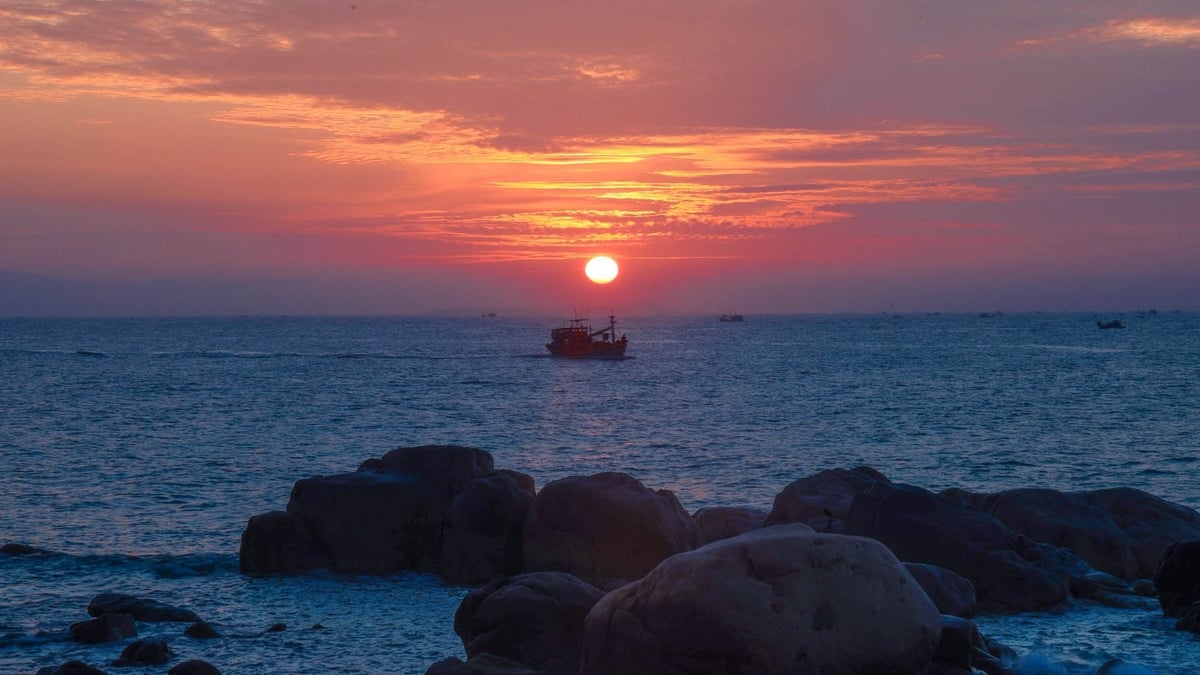
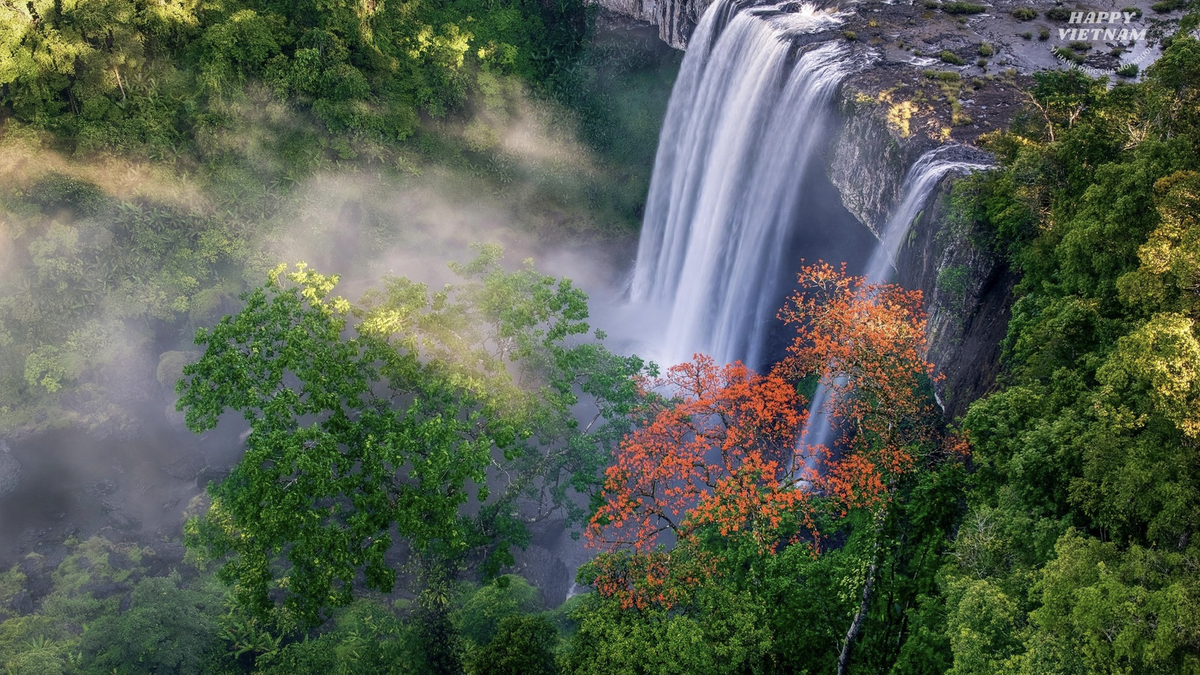


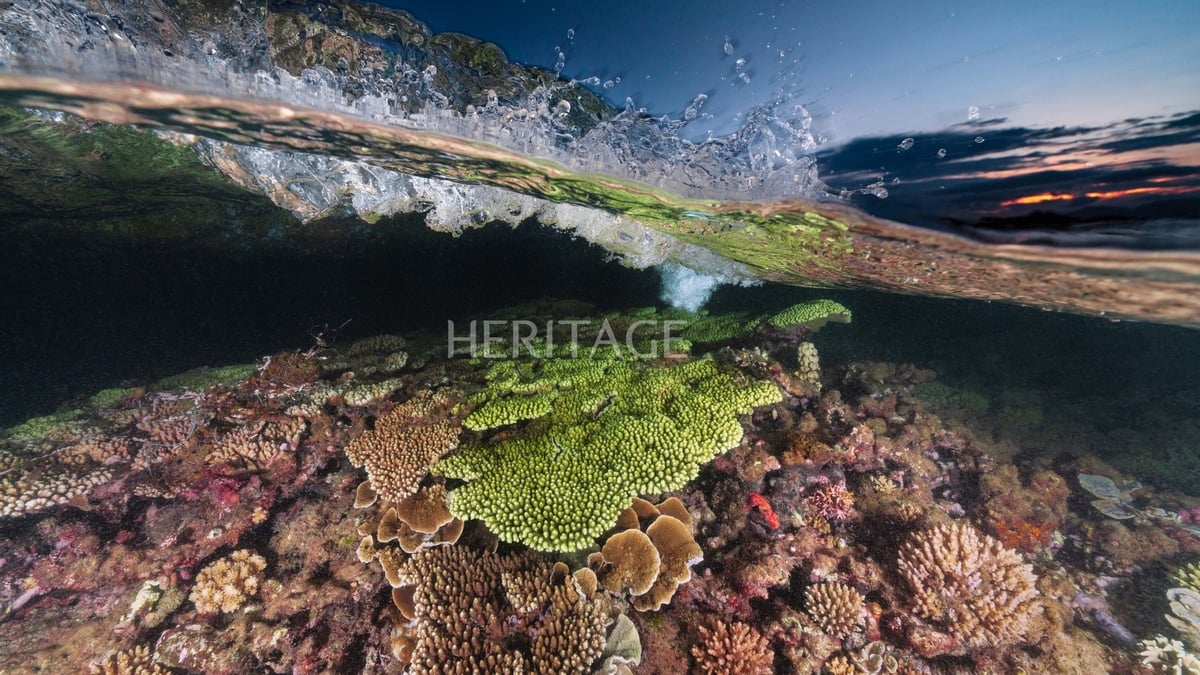


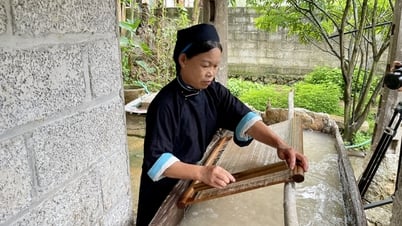





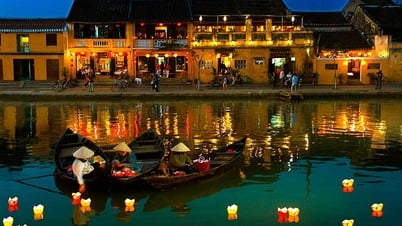



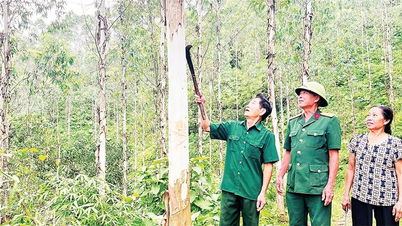




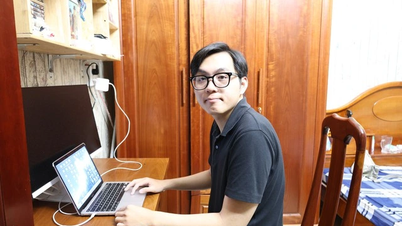
















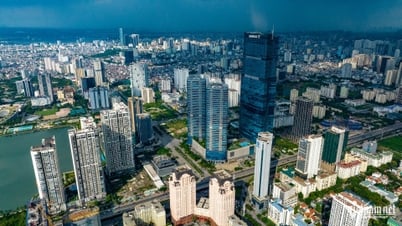




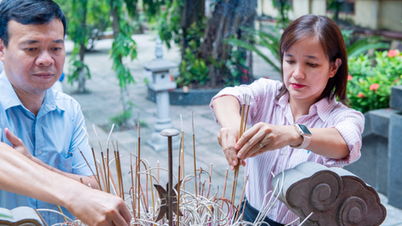





























Comment (0)